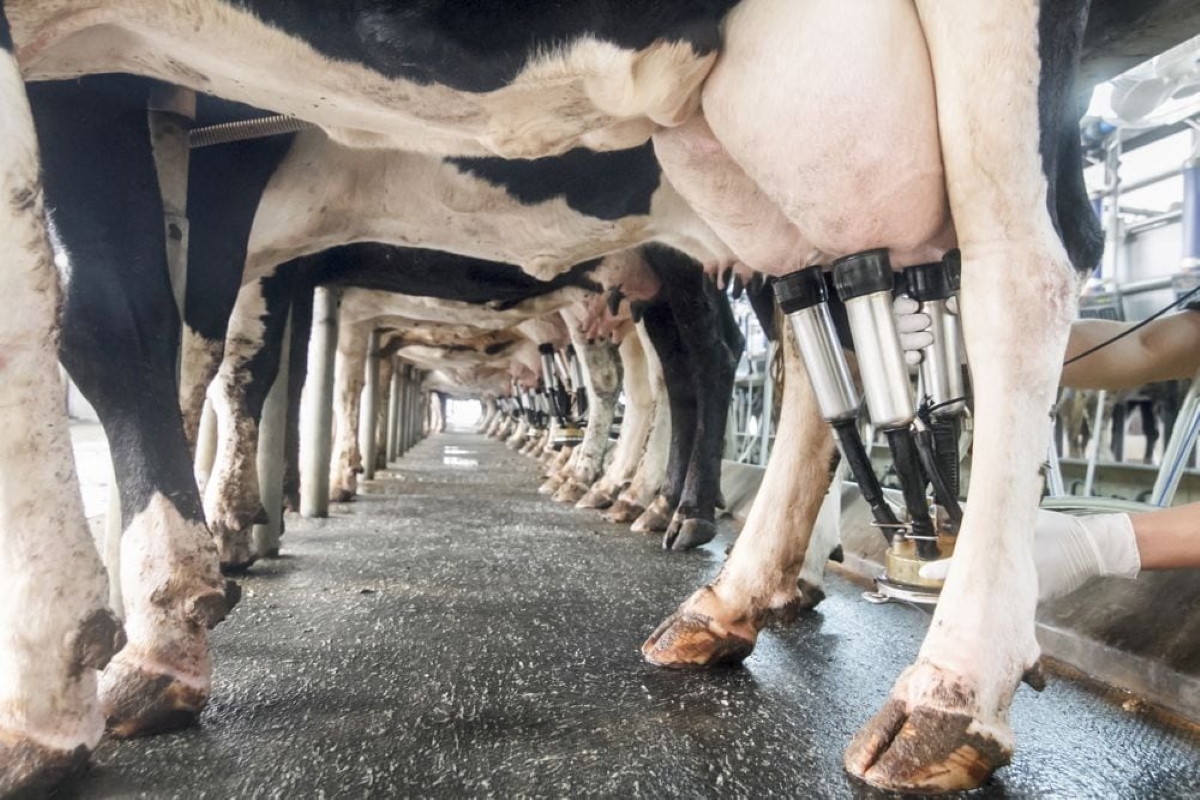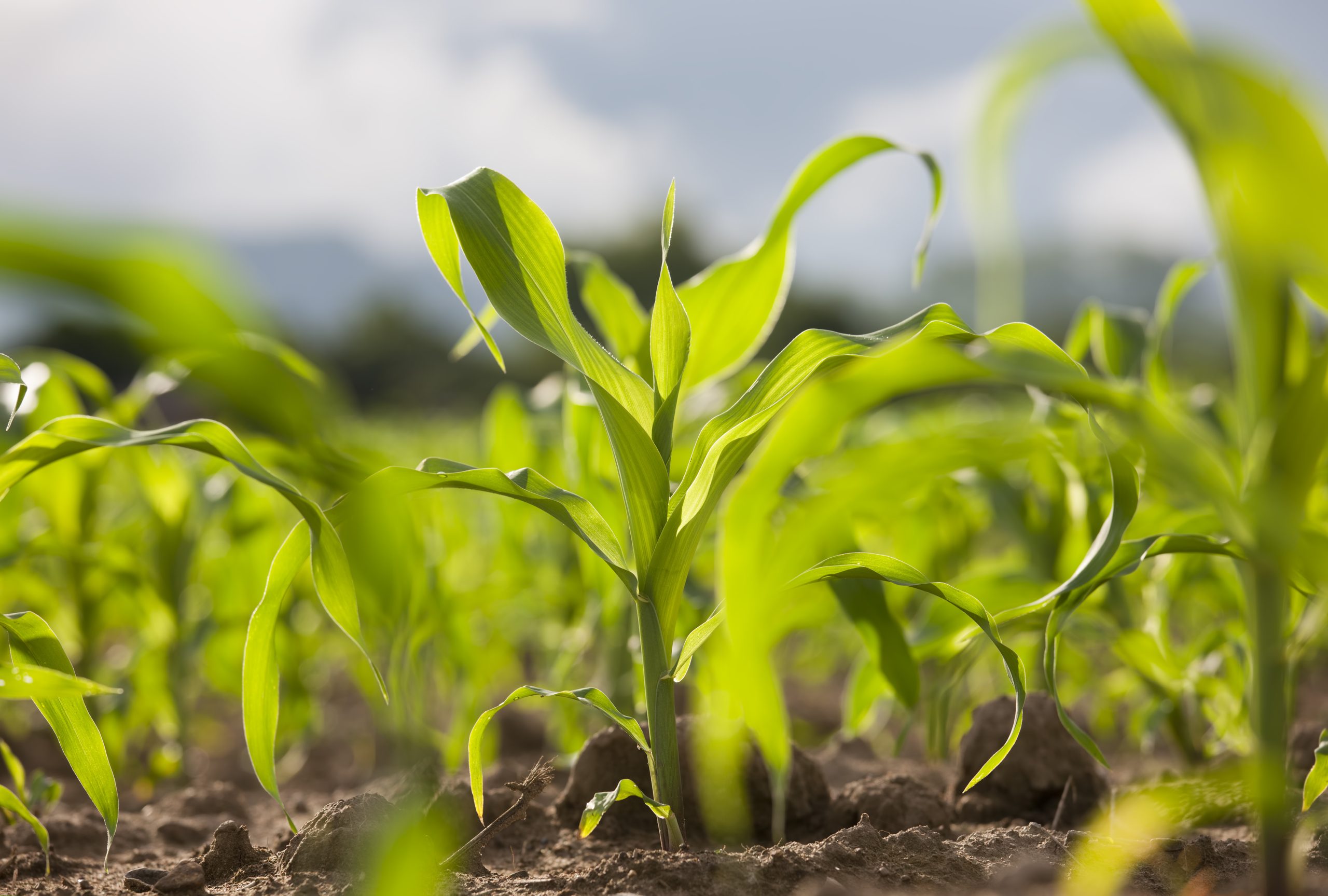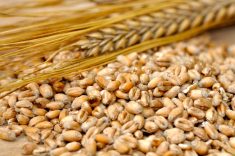Compared to last week, western Canadian feeder cattle prices were unchanged. Most auction markets were closed due to Canada Day.
It’s been a busy spring period; there is no doubt about it. Pastures are quickly deteriorating under the intense heat and many ranchers will sell yearlings 30-45 days sooner than normal.
The good news is that feedlot demand hasn’t been this strong for two years. Margins remain in positive territory and April 2022 live cattle futures are trading at levels not seen since 2016. This is the calm before the storm. Prices are at 52-week highs and trending higher. Volumes will increase over the next couple of months.
Read Also

Nestle quits global alliance on reducing dairy methane emissions
Food group Nestle said on Wednesday it had withdrawn from a global alliance for cutting methane emissions that aims to reduce the impact of dairy farming on global warming.
Market reports have 900- to 950-lb. yearling steers reaching up to $190 in central Alberta; steers averaging 800 lbs. are hovering at the psychological range of $200-$210. Quality yearling heifers are running at a $15 discount to steers on average. The major operations in Alberta are anxious to secure ownership and waiting doesn’t appear to be an option. Larger-frame Simmental-blended thinner steers, coming straight off grass on a full health program and averaging 910 lbs., were quoted at $188 south of Edmonton. In southern Alberta, a small group of mixed steers averaging 840 lbs. were valued at $198 landed in the feedlot. Small groups were on offer. In some cases, there was a wide range of prices on similar-weight cattle.
Limited volumes of calves were on offer last week. Forage is short in some areas. A small group of Angus-weaned steers weighing just under 700 lbs. were valued at $217 in central Alberta; similar-quality heifers averaging 650 lbs. were quoted at $187. Mixed steers averaging 500-550 lbs. were trading in the range of $230-$240 across Alberta. Demand for calves is lacking at this time of year.
There appears to be some rain in the seven-day forecast for Alberta and Manitoba. Canadian farmers planted 8.3 million acres of barley this spring, according to Statistics Canada. Using a five-year average yield and a traditional abandonment rate, production has potential to finish at 11.5 million tonnes, up from 2020 output of 10.7 million tonnes. The year-over-year increase in barley production appears to be a contributing factor supporting the yearling market at the higher levels.
— Jerry Klassen manages the Canadian office of Swiss-based grain trader GAP SA Grains and Produits Ltd. and is president and founder of Resilient Capital, specializing in proprietary commodity futures trading and market analysis. Jerry consults with feedlots on risk management and writes a weekly cattle market commentary. He can be reached at 204-504-8339 or via his website at ResilCapital.com.
















